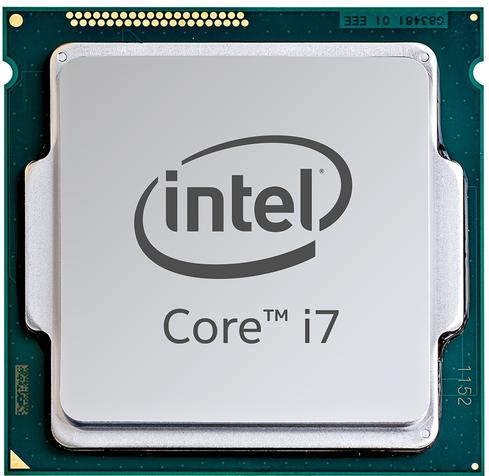At the Computex show this week, Intel showed off souped-up Xeon and Core chips that address the needs of both high-end servers and consumer PCs.


Big Data: 6 Real-Life Business Cases
Big Data: 6 Real-Life Business Cases (Click image for larger view and slideshow.)
Intel is breaking new ground -- going after the graphics-intensive markets for professional servers as well as consumer gamers with new versions of its 14nm pro Xeon and consumer Core processors with integrated high-speed graphics processors that can double the graphics performance of previous models, albeit with up to three-times the power consumption.
The five new Xeon E3-1200 v4 models integrate Intel's own highest performing graphics processors, adding up to four P6300 Iris Pro graphics cores to the existing four Xeon E3 cores -- all on the same LGA chip for the first time.
Designed for remote workstations as well as datacenters that run up to 4,300 simultaneous high-definition (HD) video streams per server rack (along with non-graphic applications) the new Xeon E3-1200 processors require an Intel C226 chip to handle input/output tasks. The duo can do 3-D graphics up to 80% faster, and transcodes, using Intel's Quick Sync Video technology, up to 40% faster than previous v3 versions of the E3. Power consumption for the quad-core chips ranges from 47 to 95 watts for clock speeds ranging from 1.8-to-3.4 GigaHertz (GHz).
"Data centers everywhere are dealing with a flood of video traffic. This deluge is only going to grow in scope in the years to come. Consider numbers like these: Online video streaming viewership jumped by 60 percent in 2014 alone, and video delivery has now become the number one source of Internet traffic, and by 2018 video traffic is set to comprise 80 percent of the Internet's traffic," said Intel blogger Jim Blakley.
Read the rest of the story on EE Times.
About the Author(s)
You May Also Like





